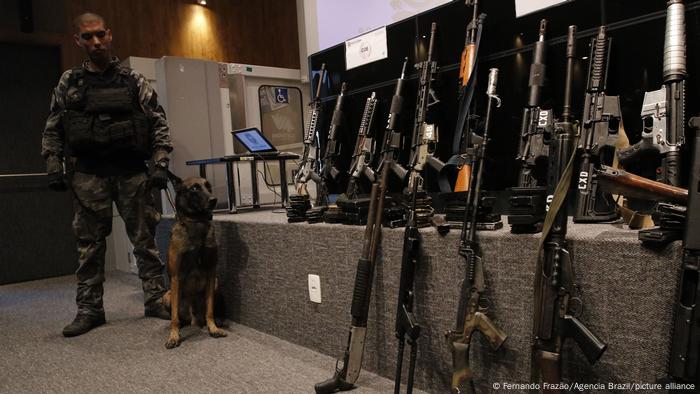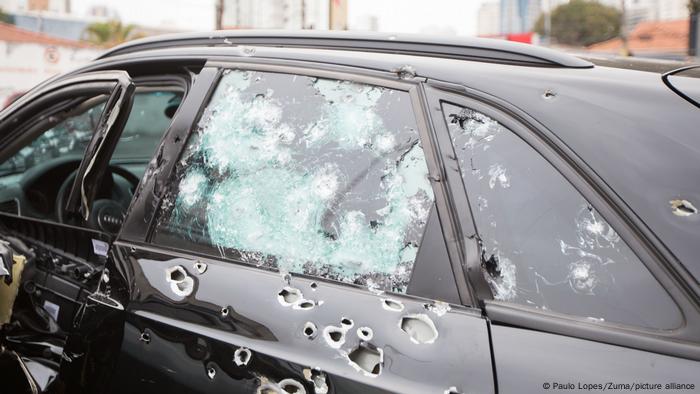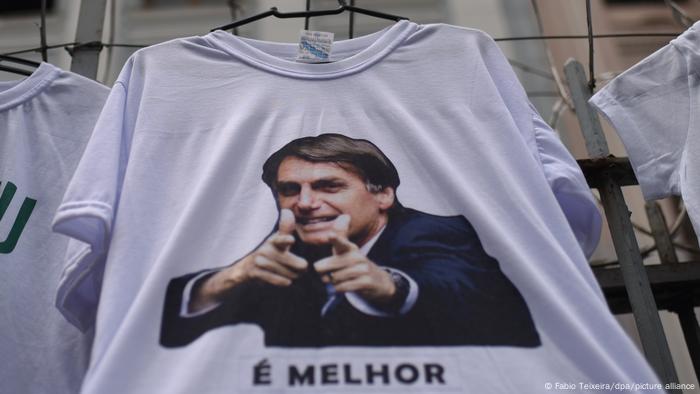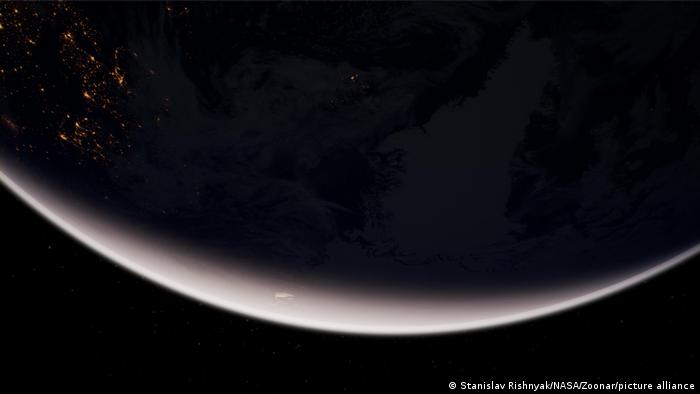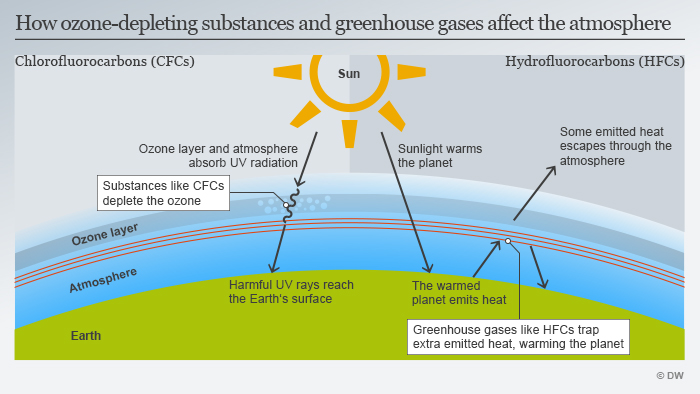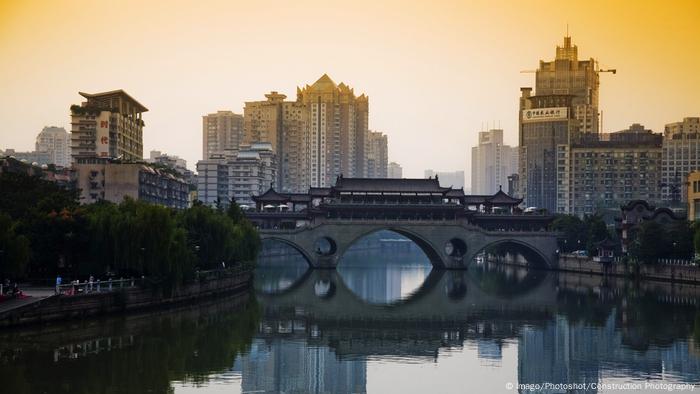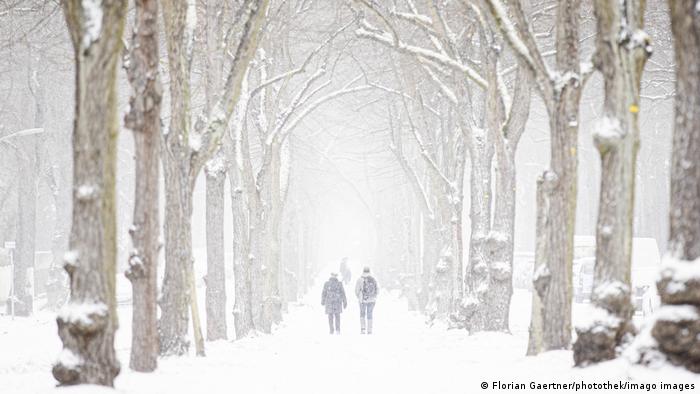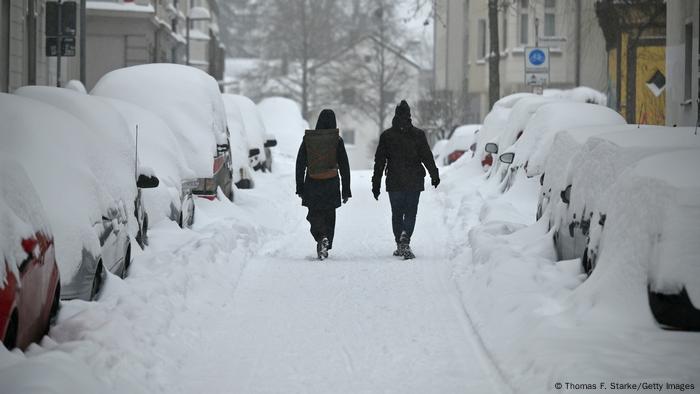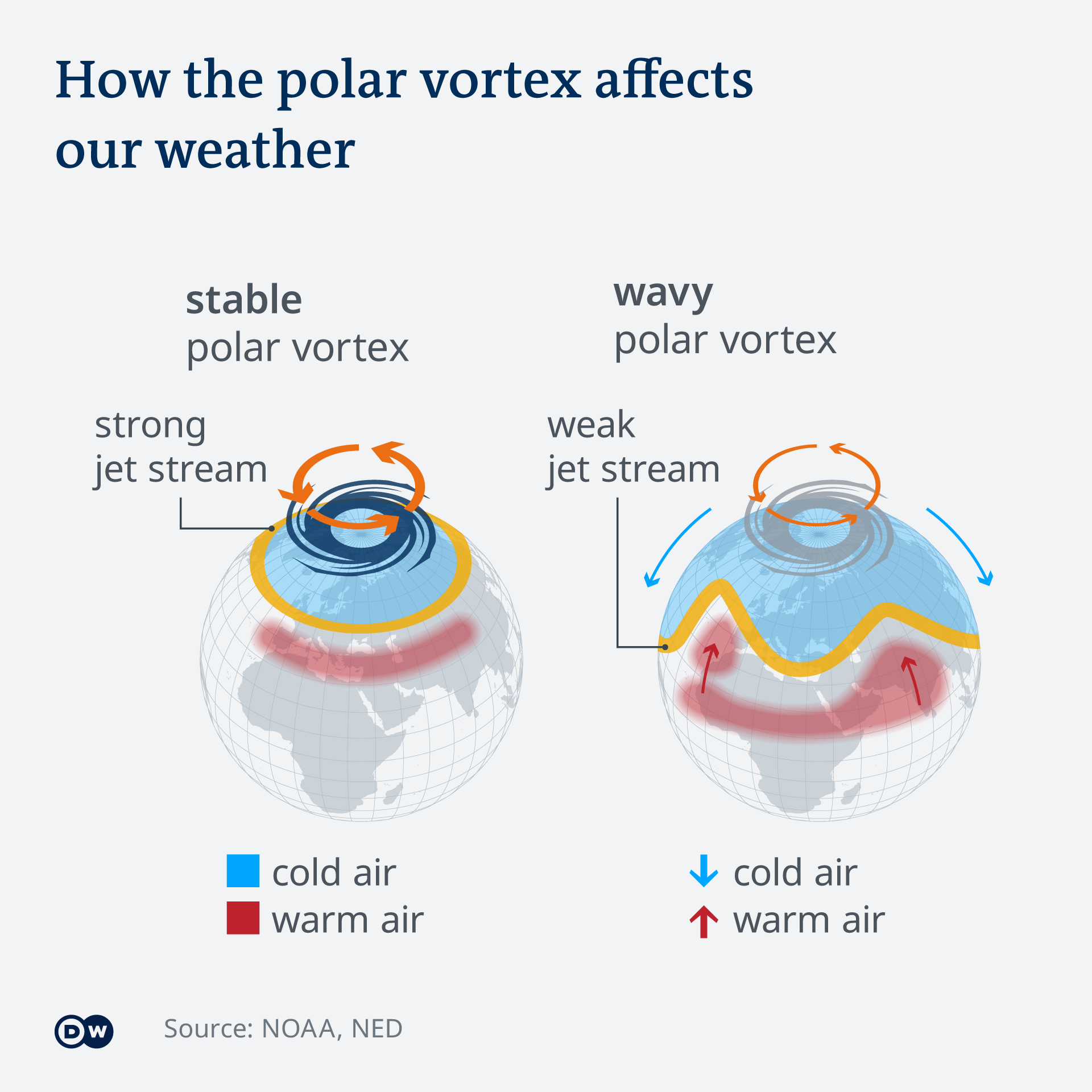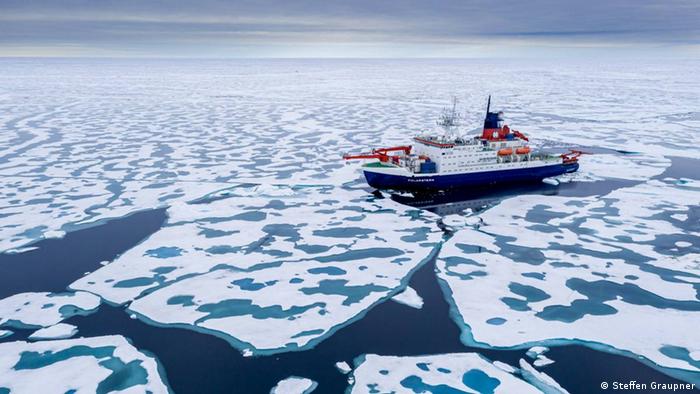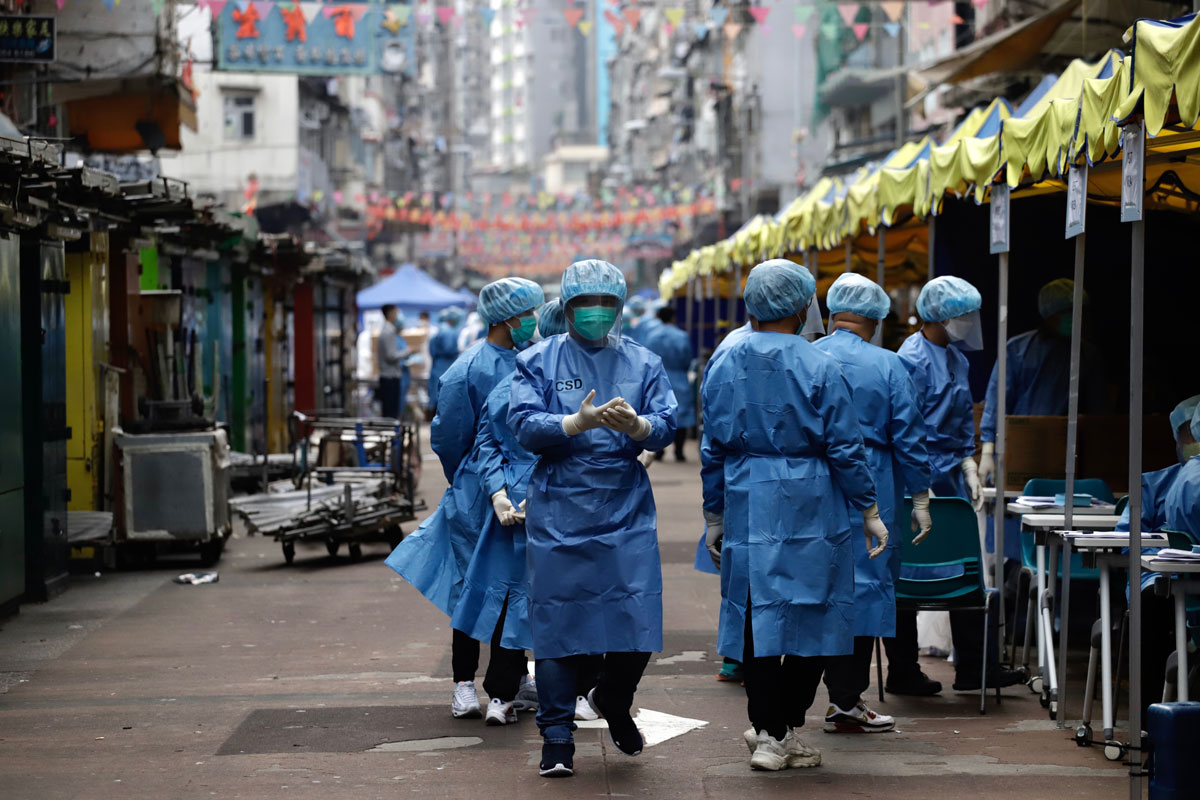Human Rights Watch has accused Ethiopia's army of breaking international law by shelling civilian populations during their offensive against Tigray separatists. The watchdog called for a UN investigation.
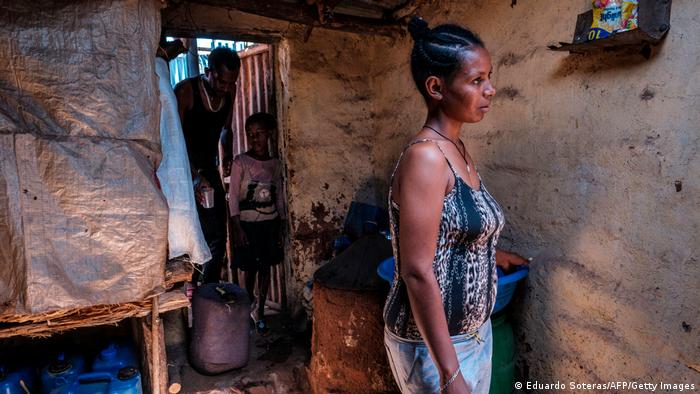
Ethiopian forces killed at least 83 civilians at the outbreak of an armed conflict in the country's Tigray region that displaced thousands of people, Human Rights Watch (HRW) said on Thursday.
The NGO accused the army of breaking international law by "indiscriminate shelling of urban areas" in November last year.
"Artillery attacks at the start of the armed conflict struck homes, hospitals, schools, and markets in the city of Mekele, and the towns of Humera and Shire," the New York-based organization said.
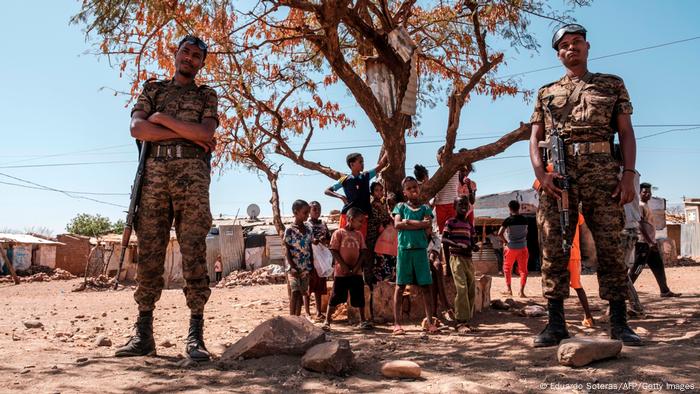
Ethiopia's army has denied allegations of rights abuses in the past.
A HRW report said the strikes left more than 300 people injured, including women and children.
The activists cited "credible reports of widespread abuse, including apparent extrajudicial killings, pillage and arbitrary detention" and called for a UN investigation.
The Ethiopian government has not yet commented on the claims.
What happened in Tigray?
Prime Minister Abiy Ahmed, the 2019 Nobel Peace Prize winner, announced the military operations in early November against the leadership of Tigray’s governing party, the Tigray People’s Liberation Front (TPLF).
He said at the time that the strikes were in response to TPLF-orchestrated attacks on federal army camps.
Abiy declared victory after pro-government troops took the city of Mekele in late November.
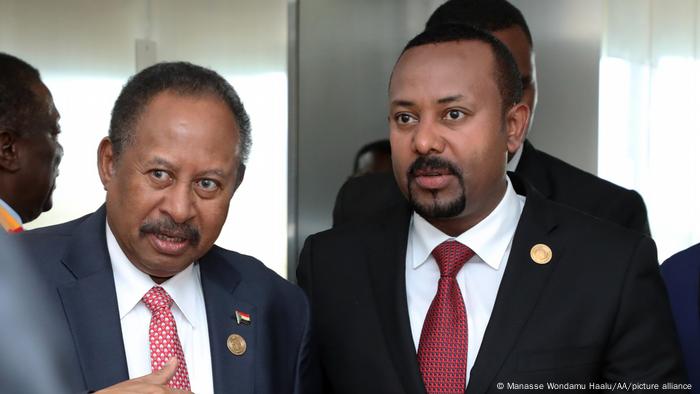
PM Abiy, seen here on the right, won the 2019 Nobel Peace Prize for ending a long-running conflict with Eritrea.
At the time, Abiy said that no civilians were killed as his forces entered cities in the province, insisting that the Ethiopian military did all it could to avoid such casualties.
The TPLF has vowed to fight on, although many of its leaders have been killed or captured.
But aid workers warn that prolonged insecurity has hampered the delivery of badly-needed humanitarian assistance.
Rift between PM and Tigray party
Tensions between the federal government and the TPLF soured in recent months after a major rift that emerged over the prime minister's decision delay to national elections in March 2020 .
The TPLF ignored the order and held their own regional poll in September.
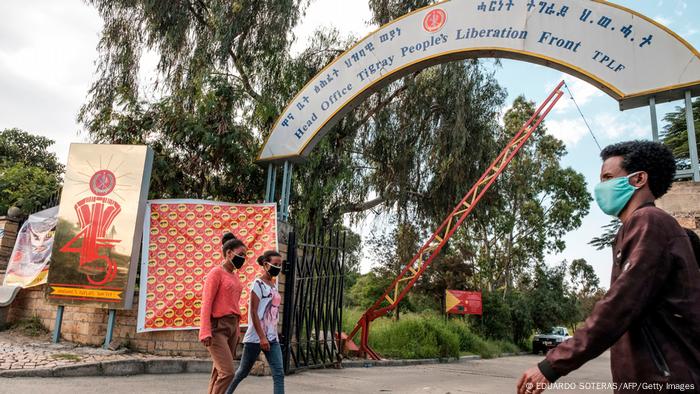
The Tigray Peoples Liberation Front (TPLF) once dominated federal politics in the country.
The Tigray party had started as a guerrilla movement and took power in a revolution in 1991. It established a multi-ethnic coalition which played a key part in the national government for many years.
They complain of persecution under Abiy, an ethnic Oromo, who ordered the arrest of dozens of their former senior military and political officials in a crackdown on corruption.
In 2019, Abiy reorganized the ruling coalition into a single party which the TPLF refused to join.
bj,jf/dj (AFP, Reuters)

